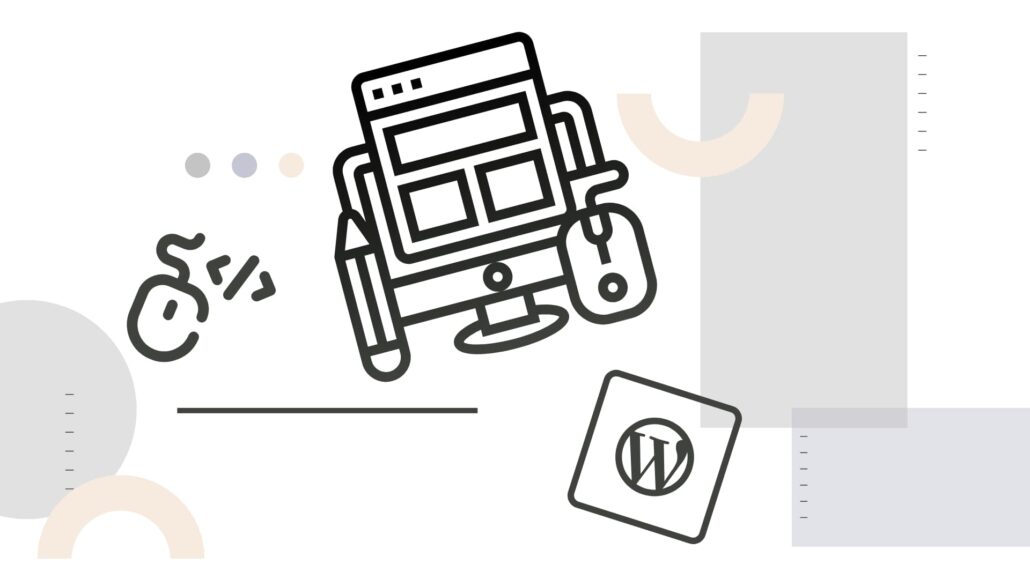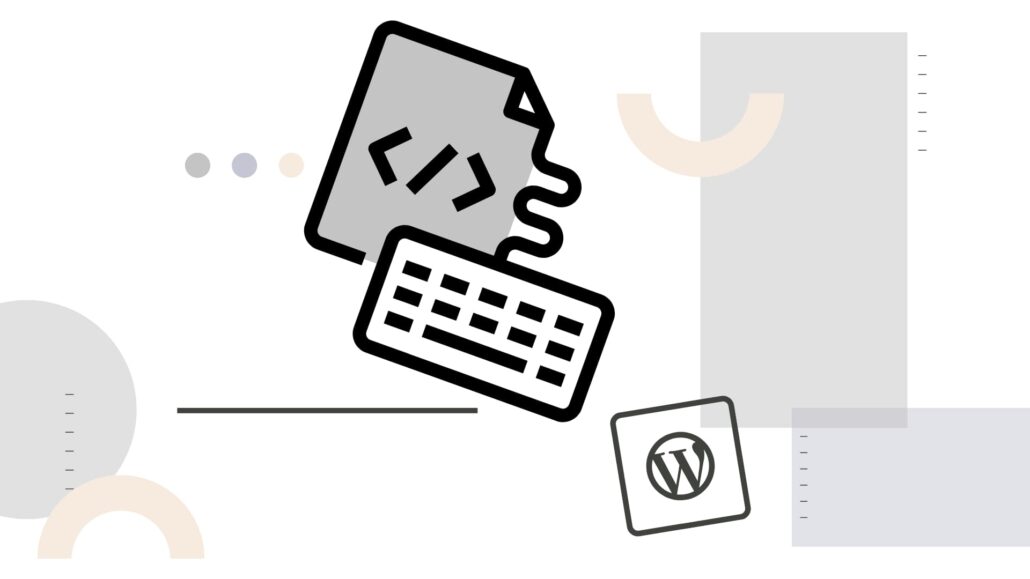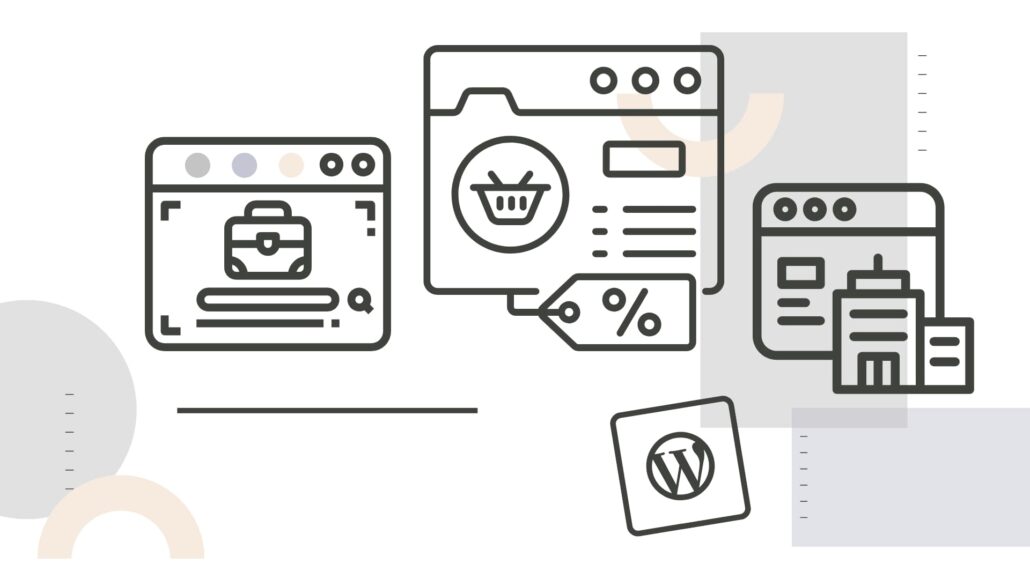Let’s start with a quick confession: I remember a time when WordPress was just for blogs. You know, back in the day when blogs were basically online diaries and people wrote dramatic posts about their cats, coffee, or existential crises (often all three). It was simple, straightforward, and kind of charming.
Fast-forward to today, and WordPress is running everything from small business websites to e-commerce giants and even massive news outlets. It’s no longer just a tool for bloggers—it’s the backbone of modern web development. But how the heck did that happen? Let’s break it down.
The Humble Beginnings: WordPress as the Scrappy Underdog
Picture this: It’s 2003. The internet looks… different. Social media isn’t a thing yet (RIP MySpace), and if you want a website, you’re probably coding it from scratch or using some clunky website builder that crashes every time you hit “save.”
Then, WordPress comes along. It’s open-source, free, and—this was the real kicker—it doesn’t require you to have a Ph.D. in computer science to use. Suddenly, anyone could start a blog in a matter of minutes. It was like discovering that the “easy button” from those old Staples commercials was real.
And people loved it. Bloggers embraced WordPress because it was intuitive, flexible, and (mostly) idiot-proof. Plus, the community around it was buzzing. Developers were constantly adding new features, creating plugins, and sharing advice on forums. It felt alive.

Plugins: The Real Game-Changer
Speaking of plugins, let’s take a second to appreciate how they revolutionized WordPress. If WordPress is like a Swiss Army knife, plugins are the attachments that make it do things you didn’t even know were possible. Need a contact form? There’s a plugin for that. Want to turn your site into a full-blown online store? There’s a plugin for that too. SEO optimization? Membership systems? Event calendars? Yep, plugins, plugins, plugins.
I remember the first time I installed a plugin on a WordPress site. It was a social media share button plugin—super basic, but it made me feel like a tech wizard. That’s the beauty of WordPress: it empowers people to do things they didn’t think they could.
Today, there are over 60,000 plugins in the WordPress plugin directory. That’s not even counting premium ones. It’s like an app store for your website. And this plug-and-play functionality is one of the reasons WordPress blew past its competitors.

Themes: Making Design Accessible to Everyone
Now let’s talk about themes—the other secret sauce. Back in the early days of web development, designing a site was an intimidating process. Either you hired a designer (which wasn’t cheap) or you settled for something that looked like it was made in 1998. WordPress themes changed the game.
With themes, you could have a professional-looking website without touching a single line of code. And the variety! There are themes for photographers, restaurants, tech startups, nonprofits—you name it. Whether you want something minimal and sleek or bold and colorful, there’s a theme for you.
And here’s the kicker: even themes are customizable. Got a vision for your site that’s not quite “off-the-rack”? With a little tweaking (or a helpful developer friend), you can make it uniquely yours.

Open Source: The Community That Keeps on Giving
One of the coolest things about WordPress is that it’s open source. That means it’s built by the people, for the people. Anyone can contribute, whether by coding, designing, or just offering feedback.
This open-source model is a big reason why WordPress is still thriving after 20 years. It’s not tied to some mega-corporation that could decide to shut it down on a whim. Instead, it’s supported by a global community of developers, designers, and enthusiasts who genuinely care about keeping it awesome.
I once met someone at a WordPress meetup who told me they got into web development because of WordPress. They’d started with a simple blog, then learned how to customize themes, then got into PHP (the language WordPress is built on), and now they were working full-time as a developer. That’s the kind of thing WordPress makes possible.
Why Developers Love (and Sometimes Hate) WordPress
If you hang out with web developers, you’ll notice something funny: they either love WordPress or have a complicated love-hate relationship with it. Why? Because while WordPress is incredibly flexible, it can also be… let’s call it “quirky.”
For developers, WordPress is a dream in terms of customization. Want to add a custom feature? No problem. Need to integrate with a third-party tool? Totally doable. But it’s also built on a lot of legacy code, which means it sometimes feels like you’re working with an old car that’s been patched together with duct tape and hope.
That said, even the grumpiest developers can’t deny WordPress’s impact. It’s made web development accessible to millions of people who might never have had the chance otherwise. And that’s pretty amazing.

The Evolution: From Blogging to Full-Blown CMS
One of the smartest things WordPress ever did was evolve beyond blogging. Somewhere along the way, it stopped being “just” a blogging platform and became a full-blown content management system (CMS). That shift opened the door to a whole new world of possibilities.
Suddenly, you could use WordPress to build:
- E-commerce stores: Thanks to plugins like WooCommerce, WordPress is now a major player in the e-commerce world.
- Membership sites: Want to create an online course or subscription-based community? WordPress has your back.
- Portfolio sites: Artists, photographers, and creatives of all kinds love WordPress for its flexibility.
- Corporate websites: Big brands like Disney, Sony, and The New York Times all use WordPress. If it’s good enough for them…
That flexibility is a big reason WordPress powers over 43% of the web today. Yes, you read that right—almost half the internet runs on WordPress. Wild, right?

Challenges? Sure. But WordPress Keeps Adapting
Of course, WordPress isn’t perfect. It’s had its share of challenges over the years. Security is a big one—because it’s so popular, WordPress is a prime target for hackers. (Pro tip: keep your site updated and use strong passwords. Seriously.) Performance can also be an issue if you’re not careful about things like hosting and plugins.
But here’s the thing: WordPress doesn’t shy away from challenges. Take the Gutenberg editor, for example. When it launched in 2018, it was a major overhaul of the editing experience. People freaked out. Some loved it, some hated it, but over time, it’s become a game-changer for creating visually rich, flexible layouts.
That’s what WordPress does—it evolves. It’s not afraid to take risks and try new things. And that’s a big part of why it’s still going strong after two decades.
The Future: What’s Next for WordPress?
So, where does WordPress go from here? Honestly, the possibilities are endless. With the rise of headless CMS architectures, WordPress is being used in ways its creators probably never imagined—like powering mobile apps and serving as the backend for highly dynamic, JavaScript-heavy websites.
And let’s not forget AI. Plugins are already popping up that integrate AI tools into WordPress sites, from chatbots to content generators. Who knows? Maybe one day we’ll see an AI-powered WordPress that builds sites for you while you sip your coffee.
Why WordPress Still Matters
At its core, WordPress is about democratizing publishing. It’s about giving people the tools to share their ideas, grow their businesses, and connect with others. Whether you’re a solo blogger, a small business owner, or a developer building sites for Fortune 500 companies, WordPress has something for you.
And yeah, it’s not perfect. It can be a little messy, a little quirky, and occasionally infuriating. But that’s part of its charm. It’s like the trusty old toolset you keep going back to because it just works.
So, here’s to WordPress—may it keep evolving, surprising us, and powering the internet for years to come. And may it always remind us that even the simplest ideas (like a humble blogging platform) can grow into something truly extraordinary.












